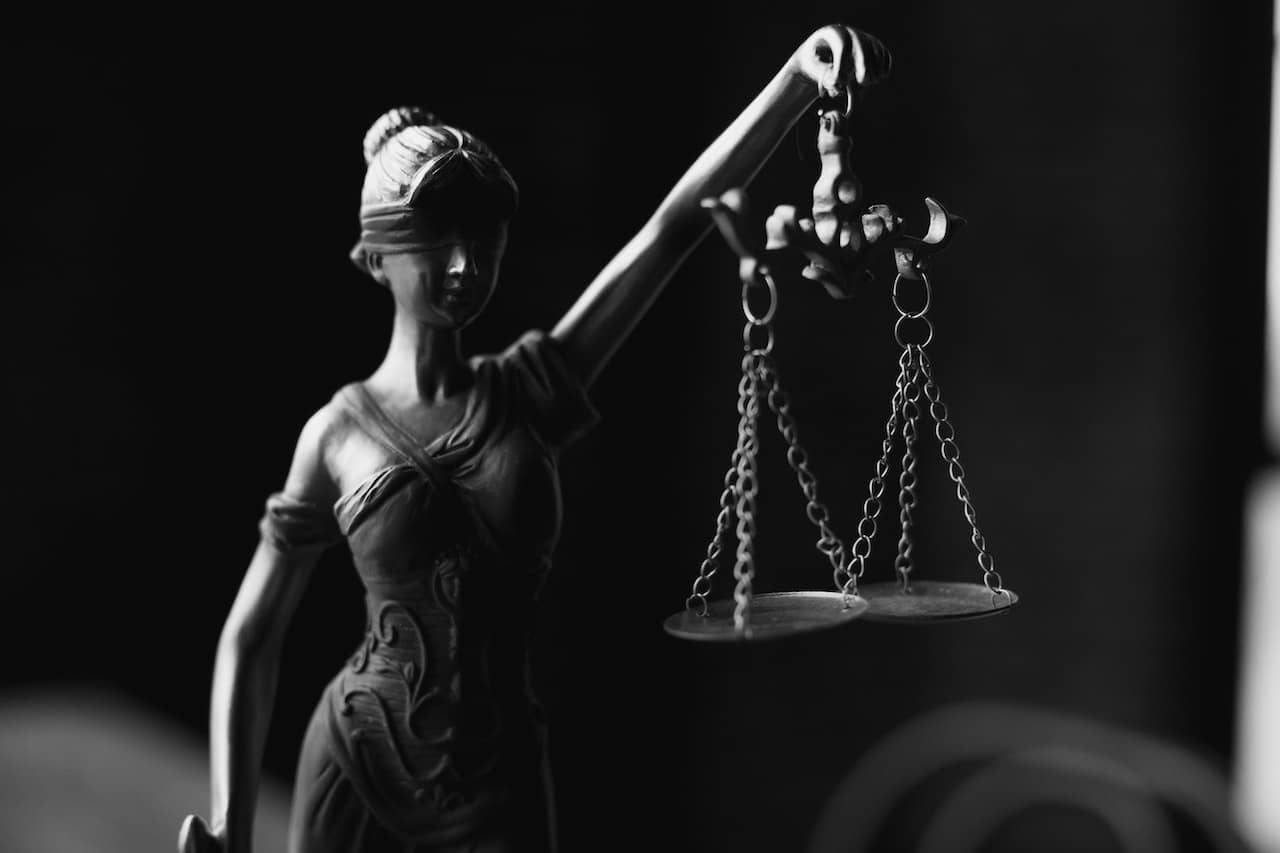In today’s world, where housing is a fundamental need, it’s crucial to ensure that everyone has access to safe and habitable living conditions. The Equality Act 2010 plays a pivotal role in safeguarding this access, particularly concerning housing disrepair. This article delves into the relationship between housing disrepair and the Equality Act 2010, shedding light on its importance, its limitations, and its impact on individuals’ lives. We also delve into how best to start a housing disrepair claim.
Understanding the Equality Act 2010
The Equality Act 2010 is a comprehensive piece of legislation enacted in the United Kingdom to protect individuals from discrimination and ensure equal rights in various aspects of life, including housing. The act addresses discrimination on the basis of various characteristics, including age, disability, gender reassignment, marriage and civil partnership, pregnancy and maternity, race, religion or belief, sex, and sexual orientation.
Housing Equality: A Closer Look
When it comes to housing, the Equality Act 2010 ensures that individuals are not treated unfairly due to their protected characteristics. This means that landlords, housing providers, and property managers are obligated to provide equal access and treatment to all individuals, regardless of their background. This extends to ensuring that the living conditions within a property are maintained to a reasonable standard, thus preventing housing disrepair issues that could disproportionately affect certain groups.
Housing Disrepair and Its Implications
Housing disrepair refers to the condition in which a property is in a state of deterioration or damage, making it unsuitable for its intended purpose. This can encompass a wide range of issues, from leaking roofs and faulty plumbing to mold growth and structural instability. Housing disrepair not only affects the physical well-being of occupants but can also have far-reaching implications on their mental and emotional health.
The Impact on Vulnerable Individuals
Certain groups of people, such as those with disabilities or medical conditions, can be particularly vulnerable to the consequences of housing disrepair. For instance, a person with mobility challenges might find it even more challenging to navigate a property with structural issues, potentially leading to accidents or limiting their ability to access necessary facilities.
The Equality Act 2010 in Action
The Equality Act 2010 serves as a safeguard against housing disrepair-related discrimination. Landlords and housing providers are obligated to ensure that their properties meet a certain standard, regardless of the tenants’ protected characteristics. This not only promotes equal treatment but also prevents landlords from neglecting their responsibilities based on factors like disability, race, or age.
A Case of Discrimination and Neglect
Imagine a scenario where a single mother, who is also a wheelchair user due to a disability, rents a flat in a housing complex. Over time, the flat falls into disrepair, with malfunctioning heating, broken windows, and even mold issues. The landlord repeatedly ignores her complaints, possibly assuming that her disability makes her less likely to take legal action. However, this situation clearly violates the Equality Act 2010, as the landlord’s negligence is directly related to the tenant’s disability.
What Falls Outside the Act’s Protection?
While the Equality Act 2010 plays a significant role in ensuring housing equality, there are certain situations that may fall outside its protection. For instance, if a landlord treats all tenants equally poorly without discriminating against any specific protected characteristic, it might not be considered a violation of the act. Additionally, individuals who are seeking housing for the first time might not be covered under the act’s anti-discrimination provisions.
Taking Action: Remedies and Legal Recourse
When faced with housing disrepair that is directly related to a protected characteristic, tenants have legal avenues they can pursue. They can file complaints with relevant authorities, seek legal guidance, or even take the matter to court if necessary. The court can order the landlord to carry out necessary repairs and provide compensation for the tenant’s inconvenience and distress. This legal recourse empowers individuals to assert their rights and ensure that their living conditions are improved.

Making a Housing Disrepair Claim
If you find yourself living in a property that has fallen into disrepair and believe that your situation is linked to a protected characteristic, you have the right to take action. Making a housing disrepair claim involves several steps:
Document the Issues
Take photographs and notes of the disrepair issues in your property. These visual records will serve as crucial evidence when making your claim.
Contact the Landlord
Inform your landlord about the issues and request that they address the problems promptly. Keep a record of all communications.
Seek Legal Guidance
If your landlord fails to address the issues or if you believe you’re facing discrimination, seek legal guidance from our experienced team of claims specialists at National Claims. They will guide you through the claims process and help you throughout the entire claim.
Gather Evidence
Compile all evidence related to the disrepair and discrimination, including correspondence with the landlord, photographs, and any medical documentation if your health has been affected.
Submit a Complaint
Depending on the severity of the situation, you can submit a formal complaint to relevant authorities or organizations that handle housing disputes.
Conclusion
In a society that values equality and fairness, the Equality Act 2010 serves as a beacon of hope for individuals facing housing disrepair issues. By providing legal protections and avenues for recourse, the act ensures that individuals are not subjected to discrimination or neglect based on their protected characteristics. While there are limitations to its scope, the act remains a powerful tool in the fight for equal rights and better living conditions for all. As we move forward, it’s essential to continue raising awareness about the act’s provisions and encouraging its consistent application in the realm of housing, so that everyone can enjoy the basic human right of safe and habitable shelter.
If you find yourself in a situation of housing disrepair that’s linked to a protected characteristic, remember that you have the right to take action and seek justice. By following the steps to make a housing disrepair claim, you can work towards a resolution that not only improves your living conditions but also reinforces the principles of equality and fairness that the Equality Act 2010 upholds.
Contact us today to start your claim and to learn more about how we deal with housing disrepair issues.
Click below to see why we are one of the most trusted claims management companies in the UK.

We’re proud of our excellent customer reviews
We thrive on delivering exceptional service and ensuring our clients’ satisfaction. Don’t just take our word for it. Check out some of our independent reviews to see what our clients have to say.
Excellent

This firm is excellent, they sorted out my car pay out and injury claim very fast, they always communicate with you all the time.

My accident case was dealt with confidence and with great result of the outcome, especially James kept me informed all the time.

I was very impressed at the way my inquiry was treated. I was listened to attentively and everything I needed to know was explained to me.






